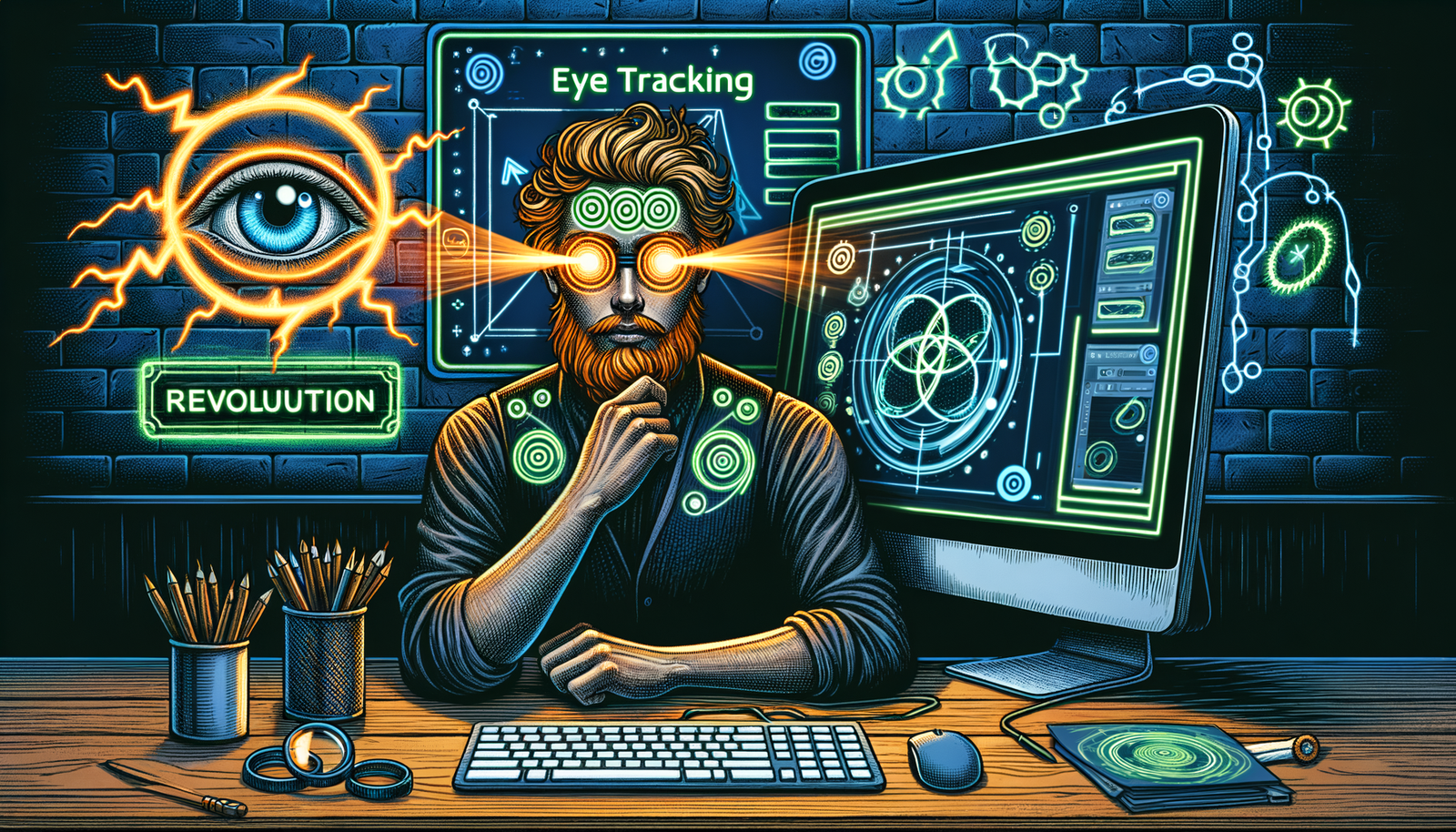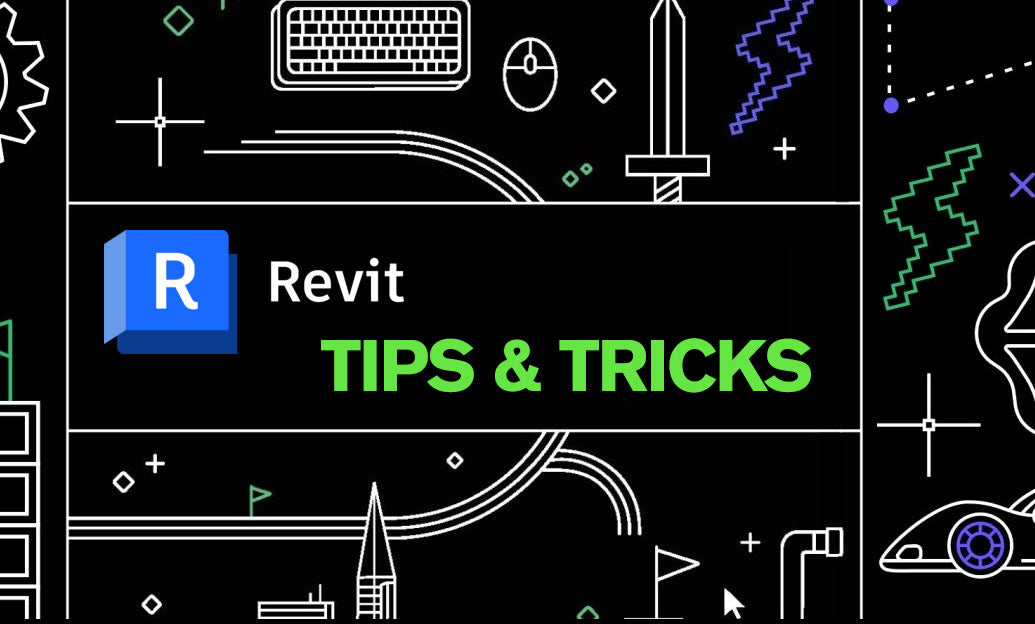Your Cart is Empty
Customer Testimonials
-
"Great customer service. The folks at Novedge were super helpful in navigating a somewhat complicated order including software upgrades and serial numbers in various stages of inactivity. They were friendly and helpful throughout the process.."
Ruben Ruckmark
"Quick & very helpful. We have been using Novedge for years and are very happy with their quick service when we need to make a purchase and excellent support resolving any issues."
Will Woodson
"Scott is the best. He reminds me about subscriptions dates, guides me in the correct direction for updates. He always responds promptly to me. He is literally the reason I continue to work with Novedge and will do so in the future."
Edward Mchugh
"Calvin Lok is “the man”. After my purchase of Sketchup 2021, he called me and provided step-by-step instructions to ease me through difficulties I was having with the setup of my new software."
Mike Borzage
Revolutionizing Design Software UX: Leveraging Eye-tracking for Enhanced User Interaction
July 14, 2024 2 min read


Introduction to Eye-tracking in Design
Eye-tracking technology has significantly evolved, offering profound insights into user behavior and enhancing user experience in design software. This technology tracks where and how long a user looks within the area of interest, providing invaluable data for optimizing user engagement and interface design. The historical development of eye-tracking has seen its integration into various design software, revolutionizing the approach towards user-centric design and enhancing the benefits of using eye-tracking for user experience (UX) research.
How Eye-tracking Works
This section delves into the technicalities of eye-tracking devices, categorizing them into standalone hardware and software-based solutions. Eye-tracking works by using sensors to detect eye movements, which are then analyzed to understand user focus and attention. The process encompasses recording the eye's position and movements, allowing researchers to gather data on fixations (when the eye remains still), saccades (rapid eye movements between fixations), and generating heatmaps to visualize areas of high engagement.
Applications of Eye-tracking in Design Software
Eye-tracking technology finds its application in several areas of design, significantly enhancing the interface and user experience. By understanding user attention patterns, designers can improve software interfaces, making navigation and information accessibility more intuitive. This technology is also pivotal in website design and digital marketing, where layout, content placement, and advertisement effectiveness are optimized based on eye-tracking insights. Furthermore, in product design, ergonomic and aesthetic improvements are achieved by analyzing how users interact with products, leading to user-friendly product designs.
- Improving software interfaces based on user attention patterns
- Optimizing website design for better user engagement
- Enhancing product design through ergonomic and aesthetic improvements
Challenges and Future Directions
Despite its benefits, eye-tracking technology faces several challenges, including technical and ethical concerns. Balancing effective data collection with privacy concerns is paramount, alongside addressing accuracy and calibration issues across diverse user groups. Looking towards the future, eye-tracking technology is set to integrate further with virtual and augmented reality, offering immersive design testing experiences. Additionally, advancements in AI and machine learning are predicted to significantly enhance eye-tracking analysis, opening new avenues for research and application in design software.
Also in Design News

Revit Tip: Drive QA and Clarity with Revit Schedule Graphics and Conditional Formatting
January 05, 2026 2 min read
Read MoreSubscribe
Sign up to get the latest on sales, new releases and more …




